Hae Min Lee was last seen alive on January 13, 1999 — four weeks before the 18-year-old's body was found in Baltimore's Leakin Park. Her ex-boyfriend Adnan Syed was later sentenced to life in prison for her murder, though his guilt remains in question to this day.
True crime has always had a sizable share of fans, but the genre’s modern pop-culture resurgence arguably began with Sarah Koenig’s Serial podcast in 2014, which explored the conviction of Adnan Syed for the baffling murder of Hae Min Lee in Baltimore, Maryland in 1999.
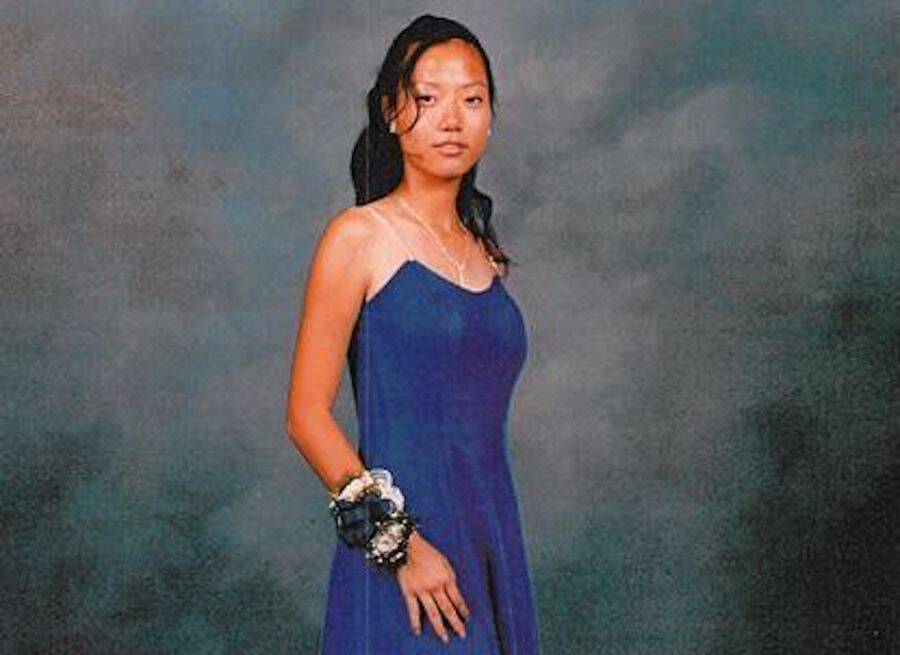
HBOHae Min Lee was just 18 years old when she was found strangled in Baltimore’s infamous “murder park.”
Koenig, a former Baltimore Sun reporter, spent one year investigating the 2000 trial of a Woodlawn High School student named Adnan Syed, who was found guilty of murdering his ex-girlfriend Hae Min Lee the year prior. Last seen driving away from the high school in her gray Nissan on January 13, 1999, the 18-year-old Lee was found dead in Baltimore’s Leakin Park about a month later. And soon after that, Syed was charged with her murder.
Serial sought to dive deep into the potential failings of the criminal justice system and thoroughly re-examine Syed’s case. The podcast soon became a phenomenon, racked up over 40 million downloads in 2014 alone, stayed at the top of the iTunes podcast charts for weeks, won a Peabody Award, and opened doors to the possibility of a new trial for Adnan Syed.
The podcast was so popular, at least in part, because the case against Adnan Syed in the murder of Hae Min Lee was controversial. For example, no physical evidence tied him to the crime scene. And for Syed’s part, he maintained his innocence throughout the initial arrest, the course of his trial, and Koenig’s entire investigation and subsequent podcast release.
The evidence that was gathered against Syed was anecdotal, circumstantial, and yet, convincing enough to sway a jury to convict him of the murder of Hae Min Lee. That evidence included Syed’s friend, Jay Wilds, claiming that Syed asked him for help in burying the body as well as cellphone tower records that seemed to place Syed at the spot where Lee’s body was found.
But there’s much more to discover about this complex mystery. Here’s everything you need to know about the murder of Hae Min Lee — and where the case stands today.
Inside The Brutal Murder Of Hae Min Lee
On February 12, 1999, The Baltimore Sun reported that a partially buried body found in Leakin Park earlier that week was the missing 18-year-old Woodlawn High student Hae Min Lee.
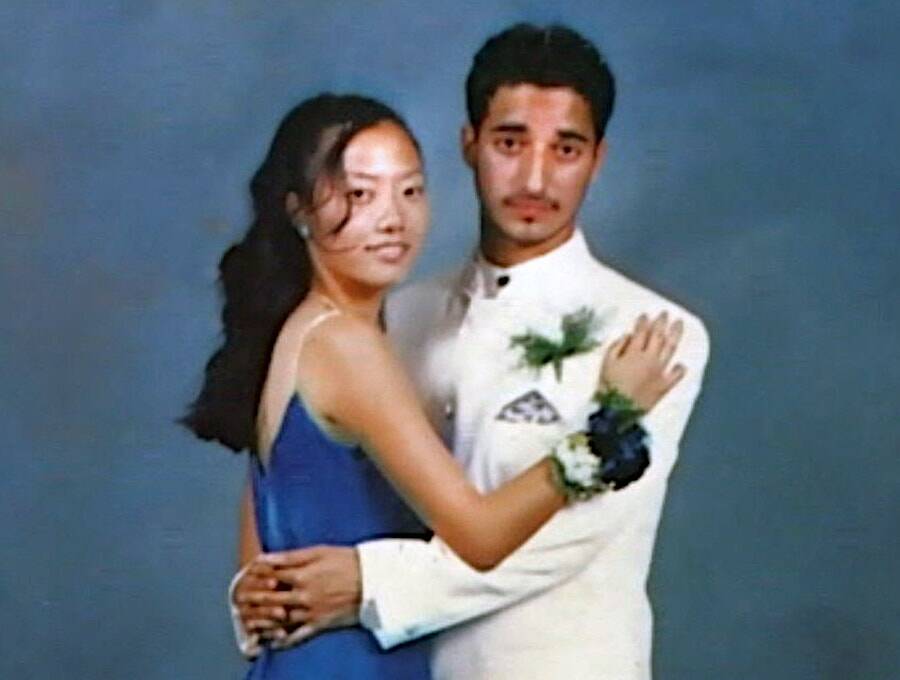
HBOA rare photo of Adnan Syed and Hae Min Lee together.
At that point, the Korean American teenager had been missing for almost an entire month and officials had yet to assess how exactly she died, but they did suspect homicide. Lee was last seen alive on the afternoon of January 13, 1999, when she drove her Nissan away from school to pick up her six-year-old cousin and head to work at a local LensCrafters.
“We thought she would come back,” her uncle Tae Soo Kim said.
Tragically, she never did. They only found her body. Signs of strangulation soon became apparent, and that, combined with the location of her body (which had been left in a popular dumping ground for homicide victims), pointed to the cause of her death being murder.
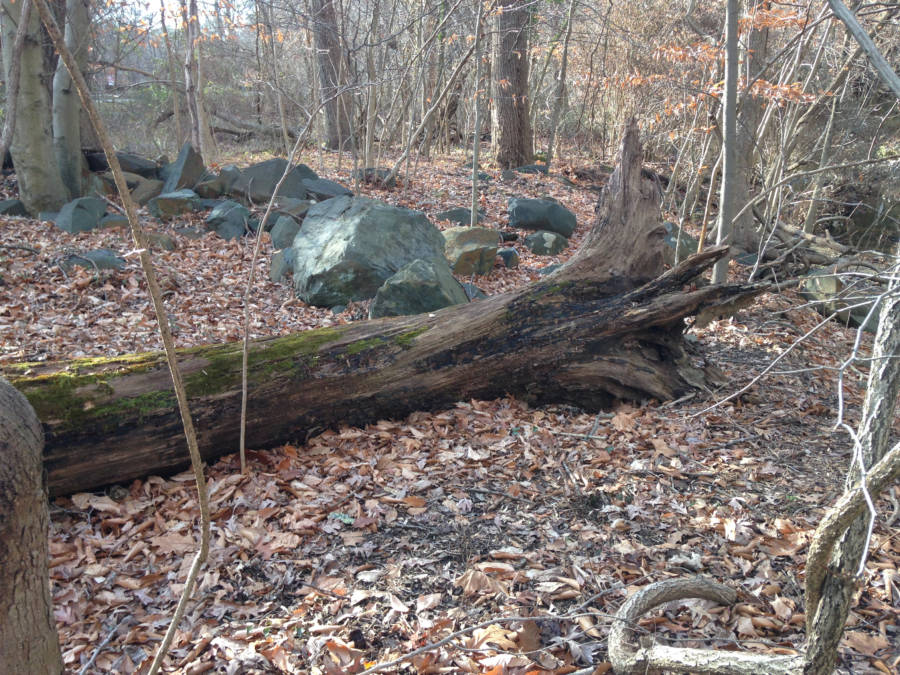
RedditThe area of Leakin Park where Hae Min Lee’s body was discovered.
Hae Min Lee’s family gathered at their home on Rockridge Road upon receiving the official confirmation that she had died. The 18-year-old, who was born in Korea but emigrated with her mother and brother at the age of 12, was mourned and remembered fondly by her relatives and friends that day.
Lee’s father wasn’t present, as he was against emigrating to the United States and had decided to remain in Korea. He essentially cut off all contact with the rest of his family, with no record of how he received the news.
Meanwhile, Woodlawn High’s principal, James Wilson, remembered Lee as “a very warm type of person, well-liked by all the students.”
During her time as a student at Woodlawn, Lee was a valued member of the lacrosse and field hockey teams as well as the manager of the wrestling team. Her job at LensCrafters, too, was no mere filler just to pass the time — Lee had dreams of becoming an optician someday.
Authorities initially considered a possible connection between the murder of Hae Min Lee and the body of another 18-year-old Woodlawn girl, Jada Denita Lambert, who had been found strangled in the wilderness a year prior. But this theory was soon dismissed when the Baltimore Police Department received an anonymous phone call claiming that Lee’s ex-boyfriend, 17-year-old Adnan Syed, was responsible for the murder of Hae Min Lee.
How Adnan Syed Got Charged With Lee’s Murder

SerialA photo of Adnan Syed, taken sometime before the murder of Hae Min Lee. Circa 1998-1999.
The Baltimore police followed a promising lead: Adnan Syed was allegedly a spurned lover with a potential motive to murder Hae Min Lee.
As such, police filed an application to subpoena AT&T Wireless for call records and “13 cell site locations” for Syed’s phone. This would give them a web of practical data regarding calls made — to whom, for how long, and from where — to map out Syed’s location on the day of the murder. Two of Syed’s acquaintances, Jay Wilds and Jennifer Pusateri, were also questioned.
Pusateri told investigators that she had received a call from Wilds on the day of Lee’s disappearance, January 13, 1999, from Syed’s phone. Wilds initially denied having anything to do with the situation, but later made a bombshell claim to police: He had helped Syed bury Lee’s body and get rid of her car.
Some argue that the supposed confession is wildly inconsistent with previous versions of Wilds’ account regarding the series of events that day. When first questioned, Wilds said he went to McDonald’s that afternoon — which changed to a visit to his friend’s house during the second interview.
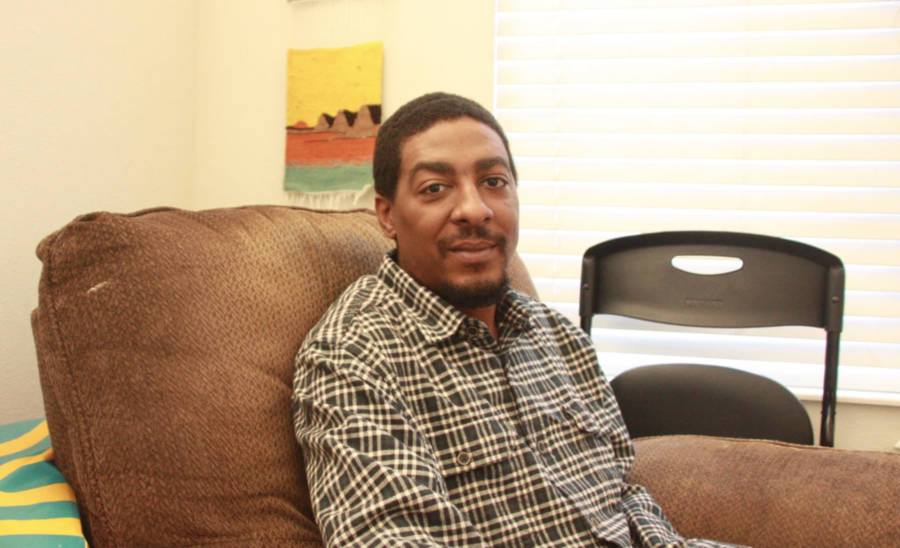
The InterceptJay Wilds refused to participate in the Serial podcast, but agreed to be interviewed by The Intercept in 2014. In the interview, he said that he lied to the police because he was afraid of Adnan Syed getting him in trouble for drug dealing.
Additionally, the interviews with Wilds — originally published by the Serial-inspired podcast Undisclosed: The State vs. Adnan Syed — reveal numerous lengthy pauses and an odd tapping sound at several junctures of his recounting of the day’s events that suggests possible coercion by investigators. It is during these taps that Wilds seems to remember a key detail, correct a statement, or even apologize to those in the room.
“There’s a ‘tap tap,’ and then Jay says, ‘Ooh, okay,'” said Susan Simpson, an associate at a Washington, D.C. law firm who participated in the podcast. “And suddenly a moment later — he knows the answer.”
Of course, these potential miscarriages of justice in the murder of Hae Min Lee would only be uncovered years later.
Adnan Syed was arrested on February 28, 1999, and formally charged with the first-degree murder of Hae Min Lee.
The Tumultuous Trial Of Adnan Syed
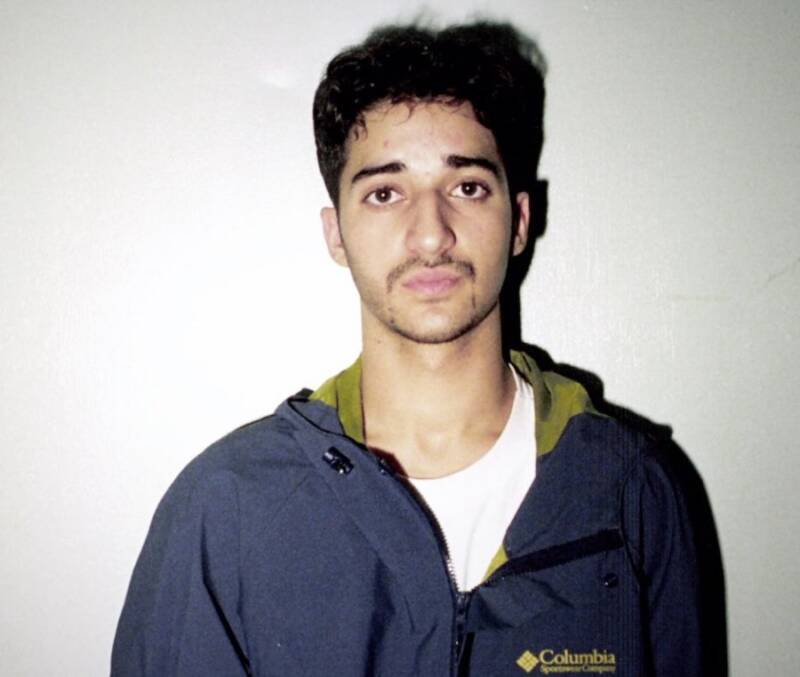
HBOA mugshot of Adnan Syed, shortly after he was arrested for Hae Min Lee’s murder in 1999.
Adnan Syed’s family turned to defense attorney Maria Cristina Gutierrez to represent him — and it was clear that there would be problems with her almost immediately. According to Episode 10 of Serial, when jurors overheard the presiding judge call Gutierrez a “liar” during a verbal dispute at his bench, he declared a mistrial on December 15, 1999.
Still, Syed’s family stuck with Gutierrez, relying on her strong reputation in past cases, and the second trial began in January 2000. The court records from that trial show that Syed confirmed to police that he and Lee had dated in 1998 and that they had kept it secret from their parents.
As a Pakistani American and a Korean American, Adnan Syed and Hae Min Lee apparently feared negative reactions from their families due to multiple religious and cultural differences. Their split in December 1998 was only complicated further when Syed found out that Lee had begun dating another young man, Don Clinedinst.
“Solely because of hurt pride, he chose to kill,” said Assistant State’s Attorney Kevin Urick of Syed. “There is nothing here to excuse or explain.”
Some found the details about the recent breakup and the new boyfriend very suspicious. But others, like Rabia Chaudry — a childhood friend of Syed’s, the author of Adnan’s Story: The Search for Truth and Justice After Serial, and the cohost of Undisclosed — believed that Syed’s confession of these details was mere honesty about the facts of his romantic life to those trying to find Lee’s killer and not a careless revelation of his motive.
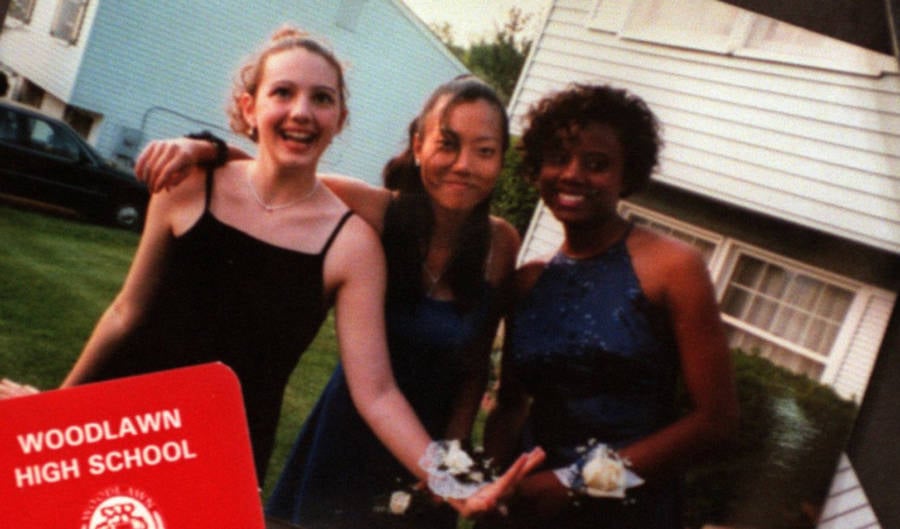
PinterestHae Min Lee, pictured with two of her friends from Woodlawn High.
“Adnan was just clueless,” said Chaudry. “He was helping the police investigation. He had no idea that he was under suspicion.”
Nonetheless, the jury apparently believed the “hurt pride” motive. Lee’s personal diary, which was used as evidence in the case, likely played a role in the decision as well. In the diary, Lee specifically references Syed’s “possessiveness” and frames him as being unable to let go of her.
And on February 25, 2000, Syed was convicted of the murder of Hae Min Lee. He was soon sentenced to life in prison plus 30 years.
The proceedings took six weeks, but the jury’s deliberation only took two hours. “I’ll be all right,” Adnan Syed said after his sentencing. “I have faith in the Lord. I know I didn’t kill her. The Lord knows I didn’t kill her.”
Syed’s attorney Charles H. Dorsey III (who replaced Gutierrez after the conviction), pleaded with Judge Wanda K. Heard to reduce the sentence because, according to him, Lee’s murder was “a crime of passion.”
It didn’t help his case that Dorsey also conceded that Syed “made a bad decision.” Still, Syed directly addressed Heard to reaffirm his stance.
“I have maintained my innocence from the beginning,” he said.
The trial saw Lee’s mother, Youn Wha Kim, deliver a heartwrenching testimony through an interpreter. She explained that her hardships in emigrating from Korea were necessary to provide her family with a better life, and to give her children a “decent education and a decent future.”
“I would like to forgive Adnan Syed, but as of now, I just don’t know how I could,” she said. “When I die, my daughter will die with me. As long as I live, my daughter is buried in my heart.”
She nearly collapsed when she left the stand, and she eventually had to be escorted outside. The pain would rage on for years, but at least the case of the murder of Hae Min Lee appeared to be closed.
Did Adnan Syed Kill Hae Min Lee?
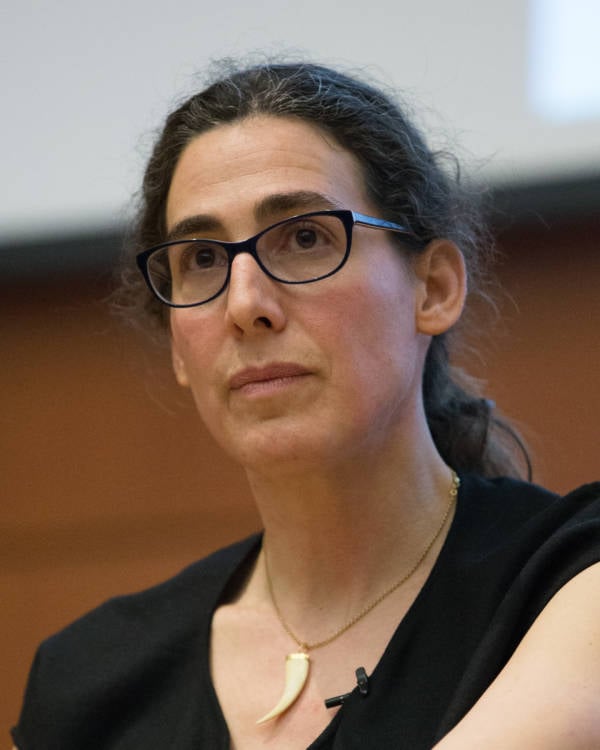
Wikimedia CommonsJournalist Sarah Koenig, who took another look at Adnan Syed’s story with Serial in 2014.
One of Rabia Chaudry’s assertions in her book is that Syed’s trial was flawed because of how blinded authorities were by his Muslim faith.
“They weren’t able to find evidence that Adnan was a violent boyfriend or that he had a history of being abusive, so they had to plug in his religion as a substitute,” she said. “They had to demonize an entire community by arguing that because Adnan is Muslim, he had the potential to do this.”
But in terms of actual evidence, Syed found the grounds to get a new trial only after Koenig spoke to Asia McClain, a former classmate of Syed’s — who claimed that she saw him at the Woodlawn library around the time of the murder. And yet, Gutierrez did not include her in Syed’s defense at trial.
However, when McClain later testified to this at a sworn deposition and at a hearing in the case, Syed was granted a post-conviction hearing in February 2016 that would explore this potentially enormous blind spot in the original defense team’s strategy and witness roster. Previously, Syed had applied for an appeal in 2003, but this had failed to result in a new trial.

Jeff Kravitz/FilmMagic for HBO/Getty ImagesRabia Chaudry speaks during The Case Against Adnan Syed panel in Pasadena, California on February 8, 2019.
Syed’s new attorneys argued that his original counsel, Gutierrez and Dorsey, had utterly failed to include McClain’s testimony as an alibi witness — which would’ve placed Syed miles away from the scene of the crime — and thereby could’ve affected the entire outcome of the trial.
Chief Judge Patrick L. Woodward, in support of ordering a new trial for Syed, wrote that it was logical to assume that McClain’s testimony would’ve raised “reasonable doubt in the mind of at least one juror,” and needed to be heard.
Even retired Judge Martin Welch — who denied Syed’s 2003 request for a new trial — ended up vacating his conviction and ordering a new trial. Welch also added that some outstanding questions about the cellphone tower evidence should’ve been raised by Syed’s original defense.
For Chaudry, news that Adnan Syed would finally get another shot at justice was staggering — if unbelievable — news.
“I felt the most overwhelming relief imaginable,” she said. “I was sobbing and hysterical. It took me the rest of the day to become rational. We’d worked for this for so long, and I was terrified this was our last chance. If the judge had ruled differently, there would have been nothing else we could do.”
New Clues About The Murder Of Hae Min Lee
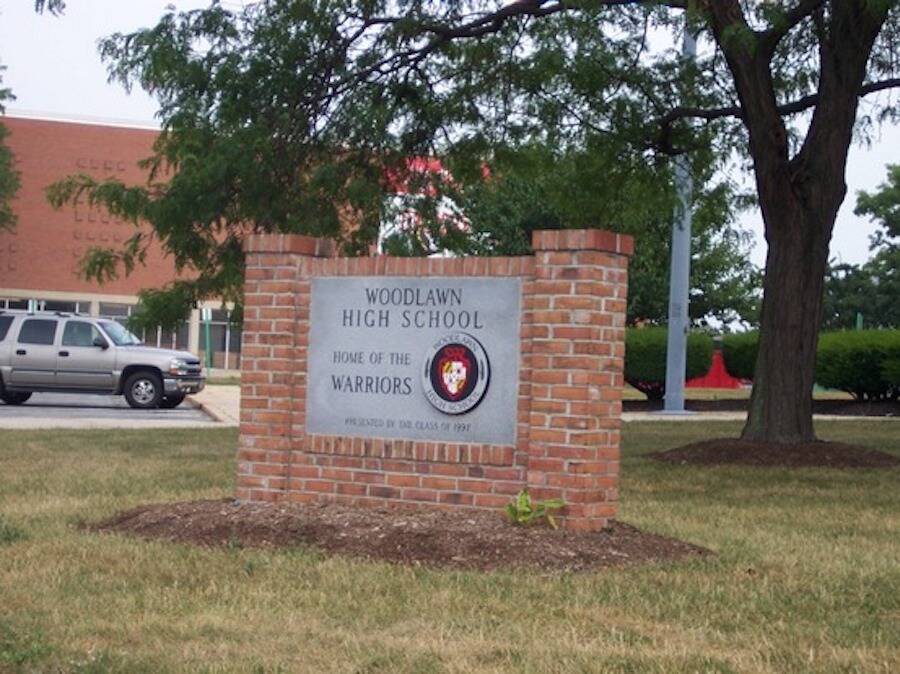
Wikimedia CommonsWoodlawn High School in Gwynn Oak, Maryland, where Hae Min Lee was last seen alive.
While Chaudry appreciated the Serial podcast, she also felt that there was more to explore — especially as Syed’s case was publicly reexamined.
“Sarah and her team created something amazing and beautiful and compelling,” said Chaudry. “The podcast brought Adnan’s case to light. Without it, he would never have gotten a new trial. We can never thank her enough. But the story that Serial tells is incomplete. Sarah and her team were not investigators. There are things they either missed or didn’t look at or left out of the podcast.”
For instance, Asia McClain’s testimony that she had seen Syed at the library until 2:40 p.m. clearly contradicted statements by Lee’s co-manager on the wrestling team that Syed had been speaking with Lee until almost 3 p.m. about joining her at a wrestling match that evening. But the Undisclosed podcast also discovered that there was no wrestling match that night and that either the co-manager or McClain had been mistaken, or worse, lied.
Additionally, inconsistencies with Hae Min Lee’s autopsy report and the court ruling warranted a closer look: The State said Syed killed her by 2:36 p.m. and placed her body in the trunk of her car, only to remove her about four to five hours later in order to bury her at 7 p.m.
The problem here is that rigor mortis would’ve partially set in within that timeframe, yet the autopsy report said that lividity “was present and fixed on the anterior surface of the body, except in the areas exposed to pressure.”
Numerous medical experts familiar with the report told Undisclosed that Lee’s lividity suggested that she was positioned face down, stretched out soon after her death, and then her body stayed in that position for at least eight to 12 hours before her partial burial in Leakin Park.
But perhaps most substantial for Syed’s defense was the matter of the cellphone tower records. Gutierrez failed to understand that the data AT&T was subpoenaed for was only accurate for specific purposes — even though the cover sheet for that very data made that perfectly clear.
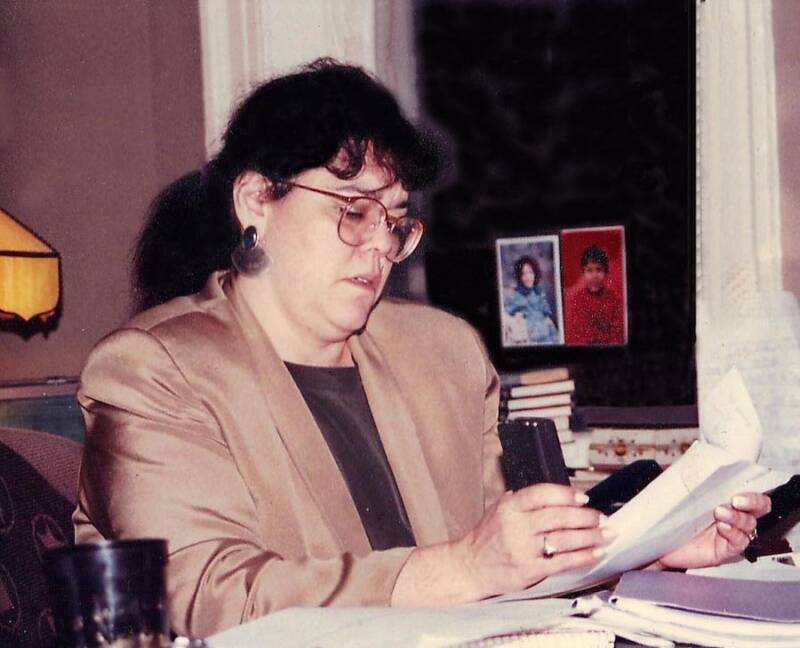
Wikimedia CommonsMaria Cristina Gutierrez had a reputation as a strong defense attorney — until she represented Adnan Syed. It was later revealed that she was struggling with health issues during the trial, and she died just a few years later.
“Outgoing calls only are reliable for location status,” the cover sheet read. “Any incoming calls will NOT be considered reliable information for location.”
That would mean that the two most important phone calls for the prosecution — which allegedly placed Syed at the scene at 7:09 p.m. and 7:16 p.m. — were attributed to him in bad faith. They were incoming calls, which meant their location wasn’t attributable to Leakin Park.
According to Syed’s current attorney, C. Justin Brown, the cover sheet that explained this vastly significant information was included in Gutierrez’s file at the time, but she “simply failed to act on it.”
Furthermore, there’s the matter of the reliability of Jay Wilds’ testimony, given his inconsistent claims, the number of times that his story changed, and the possible coercion on the part of investigators.
Undisclosed argued that Wilds was keen on snagging the $3,075 reward money for any information that led authorities to the arrest of the person who killed Lee. The theory is that Wilds wanted to buy a motorcycle — a claim substantiated during a ride-along Wilds took with Detectives William Ritz and Gregory MacGillivary on March 18, 1999.
The trip was supposed to have Wilds show the detectives where he helped Syed bury Lee’s body, yet the notes include irrelevant details, such as information specific to a Suzuki motorcycle with 9,000 miles on it belonging to a Mr. Karl Brown, and the word “REWARD” written in all capital letters.
As it turned out, Brown was Wilds’ soccer coach and had no connection to Hae Min Lee or Adnan Syed. He had simply been trying to sell his Suzuki RRF600 — for an estimated resale value of roughly $3,000.
Where The Case Against Adnan Syed Stands Today
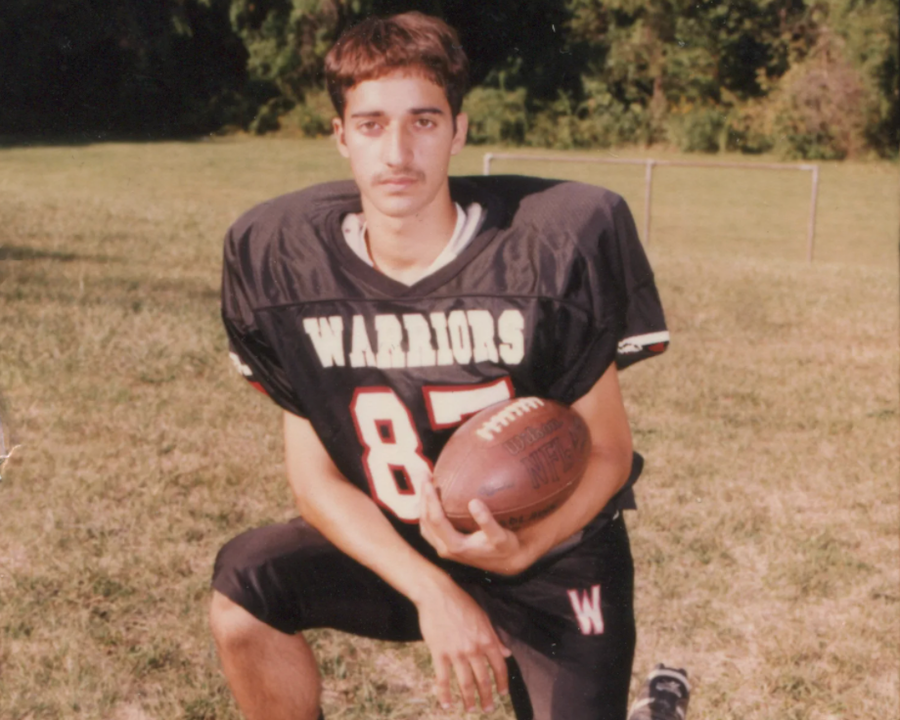
HBOAn old photo of Adnan Syed from when he was on the football team.
Many valid theories have emerged regarding who killed Lee and what exactly occurred that day in Leakin Park — especially since millions of people regularly tuned in to Serial and Undisclosed.
Some believe that both Syed and Wilds committed the act, and then the latter turned on the former. However, others think Syed was attempting to frame Wilds for the death, but Wilds managed to get to the authorities first. Another theory — the one that landed Syed in prison — is that he simply killed his ex-girlfriend because he couldn’t handle her moving on.
One of the biggest reasons why Wilds’ name is so often brought up in connection with the case is because he led the cops to Lee’s car. Many can’t believe that Wilds would know where the car was if he wasn’t involved. And since Wilds had no apparent motive to kill Lee on his own, Syed’s name is intertwined with his. However, some have also floated the theory that cops knew where the car was and simply coached Wilds as they approached it.
According to the court transcripts from Syed’s trial, Syed allegedly called Wilds “pathetic” as he approached the witness stand. This simple, off-the-cuff remark led many to question Syed’s word choice: If he was going to insult Wilds, why wouldn’t he call him a “liar” or something to that effect?
Meanwhile, a few who follow this case have raised questions about Lee’s new boyfriend, Don Clinedinst, who expressed romantic interest in one of her friends while she was still missing. Though Clinedinst did have an alibi that he was at work, it was later discovered that the manager of the store he was working at was his mother. Additionally, authorities failed to interview Clinedinst’s coworkers to confirm that he was indeed working that day.
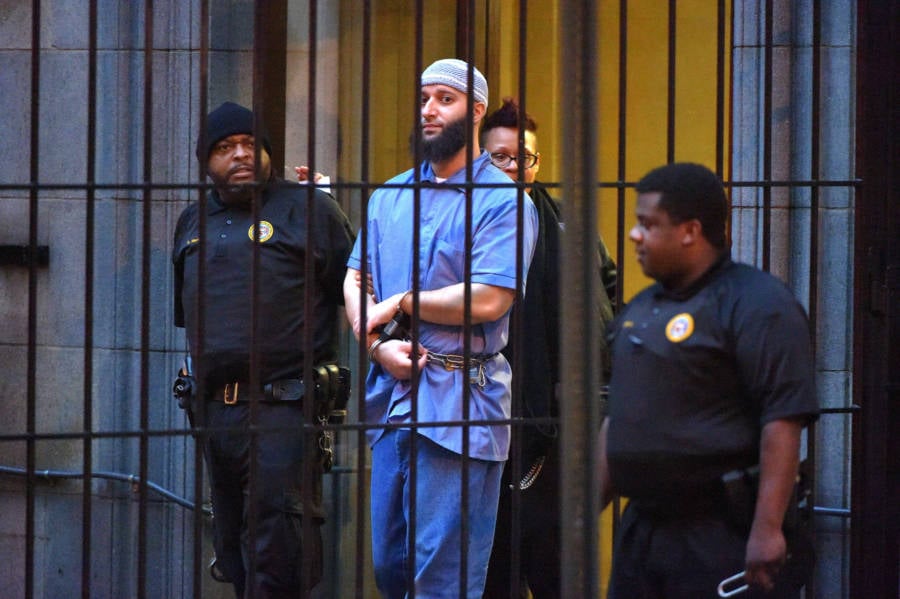
Karl Merton Ferron/Baltimore Sun/TNS via Getty ImagesAdnan Syed after a day of hearings for a retrial in Baltimore. February 3, 2016.
Yet others have wondered whether the stranger who originally found her body in the woods was actually the one responsible. On that fateful day, Alonzo Sellers — aka “Mr. S.” — said that he was drinking and driving near Leakin Park when he realized that he had to urinate.
So he walked into the park, which is where he happened upon Lee’s body — 127 feet away from his car. While authorities were initially suspicious of how far he walked out, he was cleared after he passed a polygraph test. It was determined that he had simply walked the long distance for privacy.
But even though many theories have been floated in recent years, the state of Maryland has decided to stick with its original decision for now. Despite the 2016 announcement that Syed would get a new trial — and the popularity of Serial and the HBO documentary The Case Against Adnan Syed — the Maryland Court of Appeals ultimately denied him a new trial in 2018.
And in 2019, Syed was dealt yet another blow when the Supreme Court rejected his appeal. Still, Chaudry and the rest of Syed’s loved ones aren’t giving up. They’re doing whatever they can to get him a new trial.
As for Lee’s family, they stand by the original verdict. In 2016, they released this statement: “We thank the state for standing up for us and continuing to seek justice. We believe justice was done when Adnan was convicted in 2000, and we look forward to bringing this chapter to an end so we can celebrate the memory of Hae instead of celebrating the man who killed her.”
At the end of the day, Adnan Syed is the only person who knows for sure whether he killed Hae Min Lee or not. And it’s unclear how his long history with the criminal justice system will resolve itself. But for now, Syed remains in prison, and that’s unlikely to change anytime soon.
After reading about Adnan Syed and the murder of Hae Min Lee, learn how a podcast helped solve the murder of beauty queen Tara Grinstead. Then, read about Michael Peterson and the murder mystery behind ‘The Staircase.’





